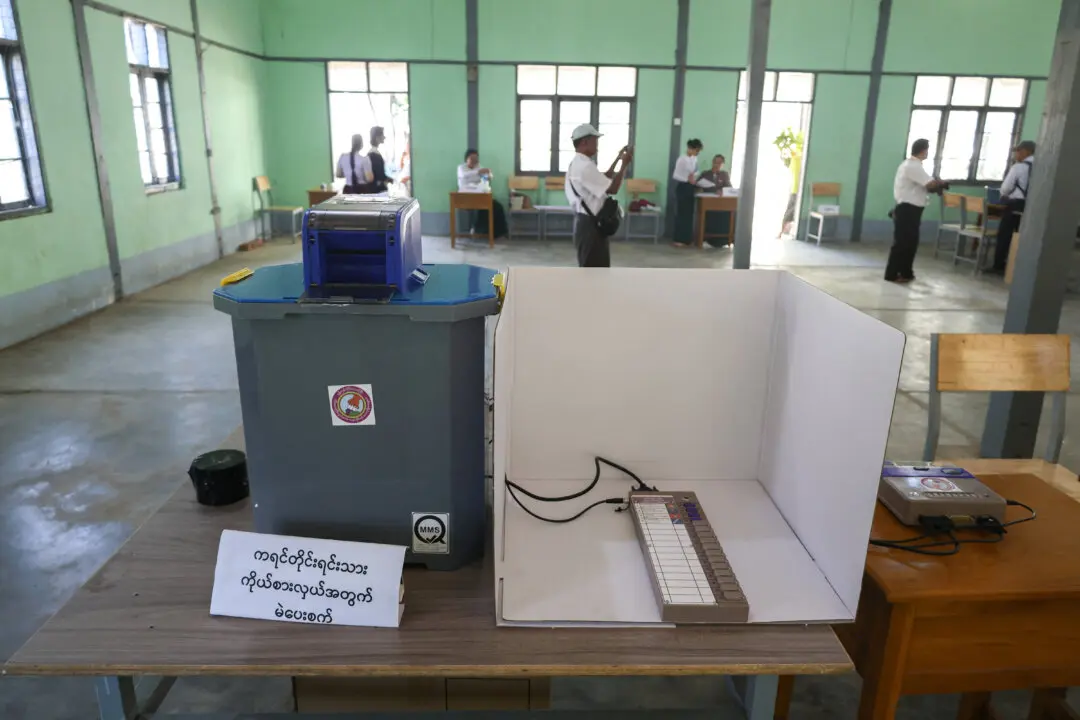WASHINGTON—U.S. manufacturing output increased more than expected in November, boosted by motor vehicle production, although momentum could slow as a fresh outbreak of COVID-19 infections keeps workers at home and temporarily shuts factories.
Other data on Dec. 15 suggested that a benign inflation environment could persist, with import prices barely rising last month even as the dollar has weakened against the currencies of the United States’ main trade partners.





